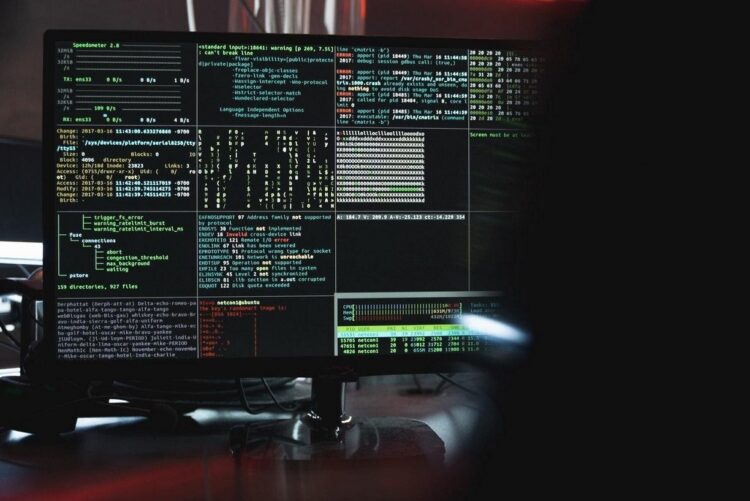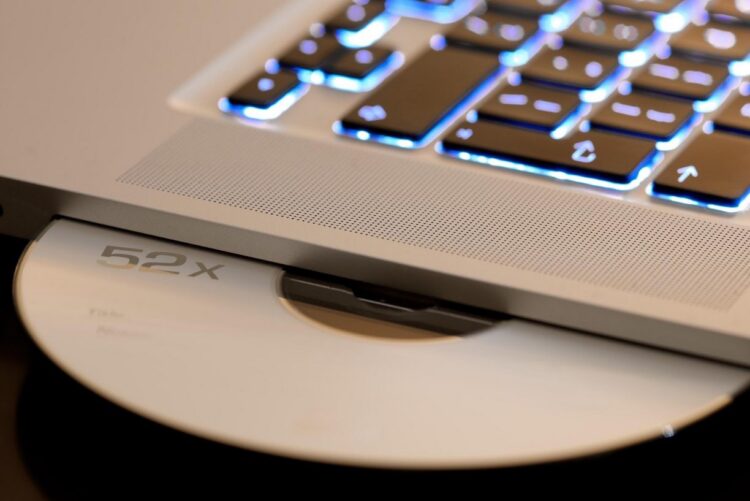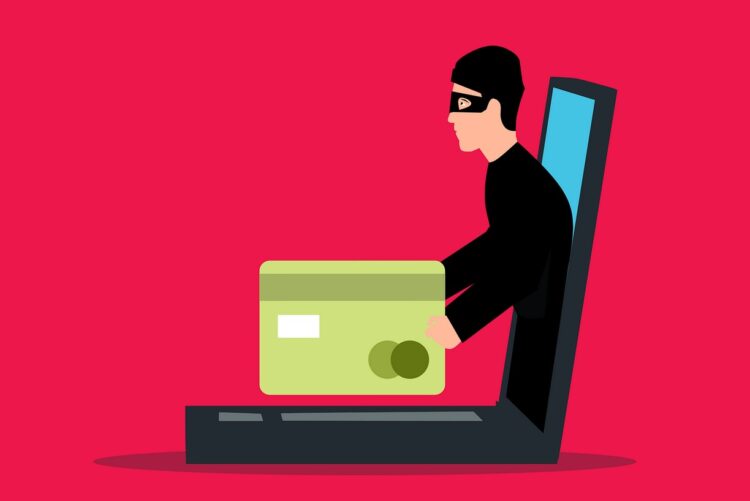The healthcare sector has been a victim of data breaches for several years. However, there was a general rise in cybercrime in 2020 as many communications, including business and personal interactions, moved online.
Cybercriminals have been stealing and holding data ransom for monetary gains. This cyber-attack is known as the ransomware attack, where criminals encrypt files and demand a ransom to return the access. Global losses from cybercrime resulted in nearly $1 trillion losses in 2020.
How Healthcare Facilities are Impacted
Healthcare firms seem to be a primary target for cybercriminals as stolen health records can financially benefit them. On the black market, personal health information is 50 times more valuable than financial information.
Even though healthcare facilities may be aware of these security breaches, there are some cracks in the security process that cybercriminals can take advantage of. Securing every piece of data and using advanced tools may seem like a wise option. However, the method may slow down the circulation of critical data required for a patient’s treatment. Attackers know that healthcare facilities are vulnerable, making them an easy target. However, there are some ways that healthcare facilities such as hospitals can attempt to prevent these data breaches.

Prevent Insider Threat
Although ransomware attacks take place digitally, a healthcare worker is involved in the process in some cases. The insider threat can be dangerous since they have greater access to healthcare data.
Healthcare facilities should take extra security measures to limit the risk of insider threats. Websites like Avonsecurityproducts.com offer ID card systems that can add more security to the facility. They produce ID cards tailored to specific industries. Incorporating a healthcare-focused ID system can help in the process of securing particular areas. For example, ensuring that some areas are restricted to specific staff can minimize the chance of a potential data breacher entering the room.
Another feature that Avon provides is the option to create custom cards with holographic and watermarking features to prevent counterfeiting. A secure ID card can also help protect medicine and technology in the institute, along with personal data. The company provides free expert help to find out exactly what type of protection your organization needs.
Train the Employees
Healthcare workers go through a multi-step training process. While focusing on learning the medical terms and saving lives, the staff may unintentionally overlook cybersecurity concerns. However, it is crucial to educate all members of the team about cybersecurity trends and common threats.
The training should consist of details about each potential threat, how to prevent them, and if an attack occurs, the ways to fix everything. The facility may require some investments to enable an ongoing security awareness training course.
With constant technological advancements, hackers may also embrace different methods to attack, which is why all staff members need to stay up-to-date about any potential threats.

Strengthen the Protection Process
Every large organization has ways of protecting data breaches, especially a large industry like healthcare. Nonetheless, security infringements can still take place. To reduce its impact, every facility department should incorporate multiple anti-virus software, strong authentication steps, and use secure networks.
A lot of data breaches can occur via malicious attachments in emails. Consider configuring every computer’s webmail serve to block those attachments, for example .EXE or.VBS.
Another step to strengthen protection could be by blocking known malicious IP addresses beforehand.
Think Before You Click
As mentioned above, the majority of data breaches can occur via email. In addition to that, advertisements, particular websites, or social media networks can also spread suspicious links. Some cybercriminals hack into social media accounts and send unusual links to the entire contact list. So, staff members must not click on any suspicious links from a work computer.
Backup Data
Although a data breach will do a lot of damage, backing up most of the information can reduce its harmfulness. It is a significant task for healthcare facilities to use up-to-date software or hardware, along with a multi-step process to back up data in case cyber attackers suddenly steal confidential information.
Backing up data is particularly important because other data failures can also occur. Having a copy of the information in a safer location can save some information, if not all. The staff should perform backups frequently to minimize data loss.

Disconnect Unused Connections
Sometimes it is easy to forget that a device’s Bluetooth or data connection is turned on. But, this can be dangerous because malicious actors can exploit these connections to hack into the system. When these features are not being used, it is necessary to turn them off. It is also vital to use secure Wi-Fi networks that belong to the healthcare facility and avoid using other networks as they may not be safe.
Disable the Web During an Attack
Once an attack occurs, it may be challenging to reduce its damage instantly. However, immediately disabling the internet may hinder the attack process. Most ransomware samples require connecting servers to complete their encryption routine. If the internet is disabled, the ransomware will not be able to extract the data. Disconnecting the internet if you sense a suspicious attack will give you the time and opportunity to remove the malicious program from the infected computer.

Be Aware of Other Intentions
Most cyberattacks in healthcare facilities target the extraction of data in exchange for monetary funds. But, there are other reasons hackers may target medical institutions. Electronic media is easy to steal, so hackers may take the information and use it for medical benefits.
Identity theft can also occur, and some ways to prevent it include reviewing medical records, being aware of billing errors, and providing patients with updated charges so that they can report any suspicious activity.
Never Let Your Guard Down
It is imperative to keep an eye out for any unsuspicious activity to prevent or tackle cyberattacks. Continuously monitor the network and report any suspicious activity to the designated department instantly. Since healthcare facilities are particularly exposed to such attacks, it is critical to follow the steps above and dig further into the security process if needed.
The post How to Prevent Security Breach at Healthcare Facilities appeared first on FotoLog.
from FotoLog https://ift.tt/3tBm2uR
via IFTTT


0 Comments